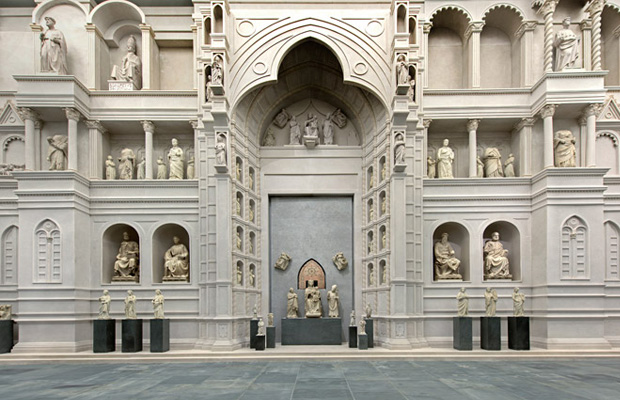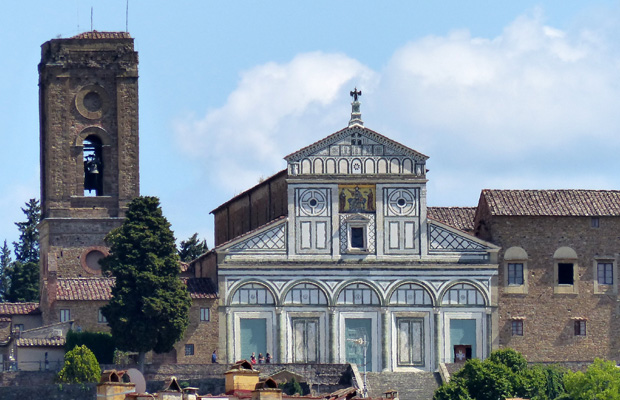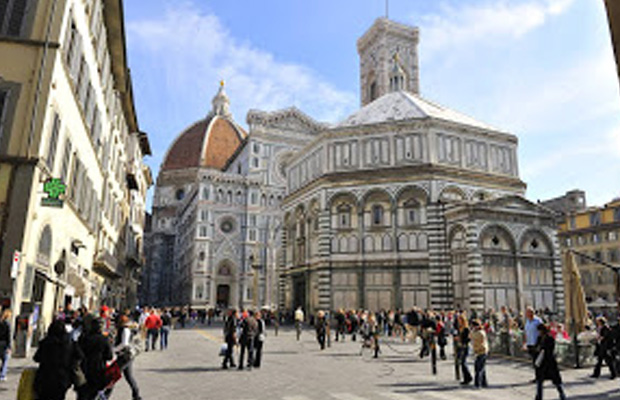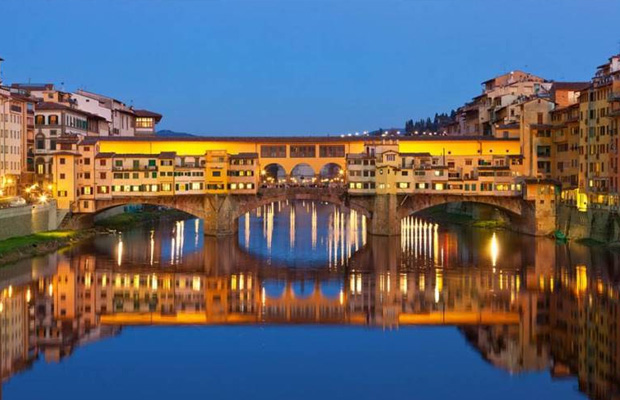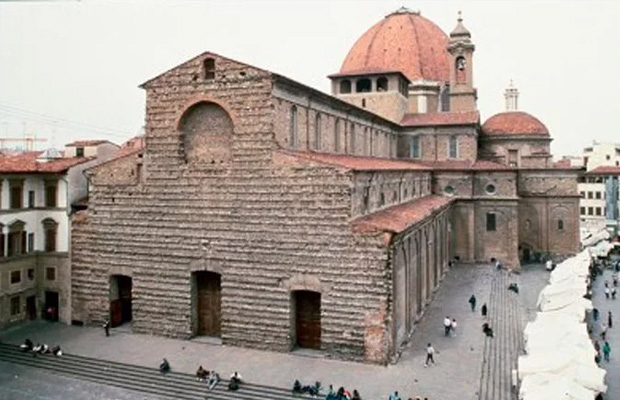Uffizi Gallery
Uffizi Gallery
Italy
Florence
Florence Travel Guide
Book Tour & Activities
Your tour in Florence.
Book your stay
Your hotel in Florence.
Overview
The Uffizi Gallery is a prominent art museum located adjacent to the Piazza della Signoria in the Historic Centre of Florence in the region of Tuscany, Italy. One of the most important Italian museums and the most visited
The Uffizi Gallery is a prominent art museum located adjacent to the Piazza della Signoria in the Historic Centre of Florence in the region of Tuscany, Italy. One of the most important Italian museums and the most visited, it is also one of the largest and best known in the world and holds a collection of priceless works, particularly from the period of the Italian Renaissance. After the ruling house of Medici died out, their art collections were gifted to the city of Florence under the famous Patto di famiglia negotiated by Anna Maria Luisa, the last Medici heiress. The Uffizi is one of the first modern museums. The gallery had been open to visitors by request since the sixteenth century, and in 1765 it was officially opened to the public, formally becoming a museum in 1865. Today, the Uffizi is one of the most popular tourist attractions of Florence and one of the most visited art museums in the world, with 4,391,861 visitors in 2019.
History
The building of the Uffizi complex was begun by Giorgio Vasari in 1560 for Cosimo I de' Medici so as to accommodate the offices of the Florentine magistrates, hence the name uffizi, "offices". The construction was later continued by Alfonso Parigi and Bernardo Buontalenti; it was completed in 1581. The top floor was made into a gallery for the family and their guests and included their collection of Roman sculptures.
The cortile (internal courtyard) is so long, narrow and open to the Arno at its far end through a Doric screen that articulates the space without blocking it, that architectural historians[9] treat it as the first regularized streetscape of Europe. Vasari, a painter and architect as well, emphasised its perspective length by adorning it with the matching facades' continuous roof cornices, and unbroken cornices between storeys, as well as the three continuous steps on which the palace-fronts stand. The niches in the piers that alternate with columns of the Loggiato filled with sculptures of famous artists in the 19th century.
The Uffizi brought together under one roof the administrative offices and the Archivio di Stato, the state archive. The project was intended to display prime art works of the Medici collections on the piano nobile; the plan was carried out by his son, Grand Duke Francesco I. He commissioned the architect Buontalenti to design the Tribuna degli Uffizi that would display a series of masterpieces in one room, including jewels; it became a highly influential attraction of a Grand Tour. The octagonal room was completed in 1584.
Over the years, more sections of the palace were recruited to exhibit paintings and sculpture collected or commissioned by the Medici. For many years, 45 to 50 rooms were used to display paintings from the 13th to 18th century.
Address: Piazzale degli Uffizi, 6, 50122 Firenze FI, Italy
Hours: Closed ⋅ Opens 8:30AM Tue
Tickets: €10–16 · uffizi.it
Visitors: 4.391.895 (2019); Ranked 10th globally in 2019
Architects: Giorgio Vasari, Bernardo Buontalenti, Alfonso Parigi the Elder
Video Travel Inspiration
See Uffizi Gallery on Map
Most Popular Cities

Siem Reap
Cambodia
Ho Chi Minh City
Vietnam
Beijing
China
Paris
France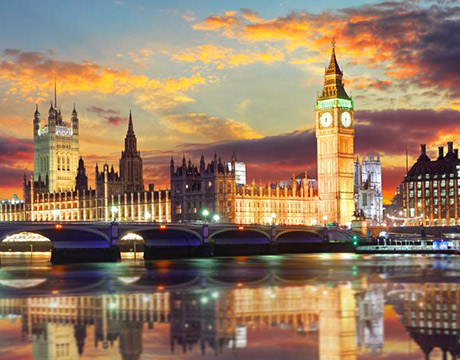
London
United Kingdom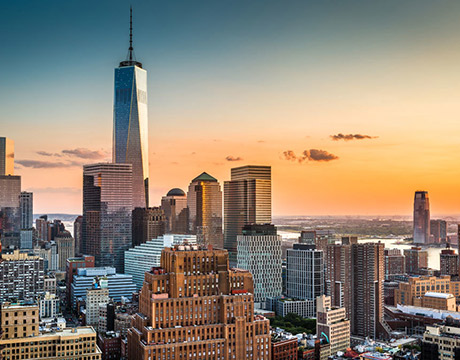
New York
USA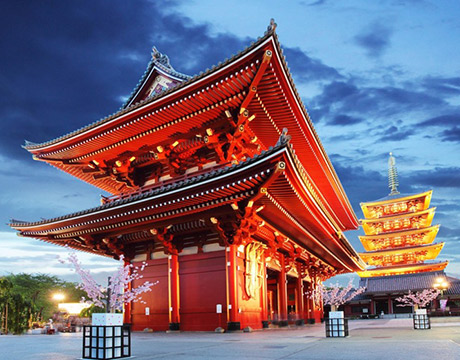
Tokyo
Japan
Bangkok
Thailand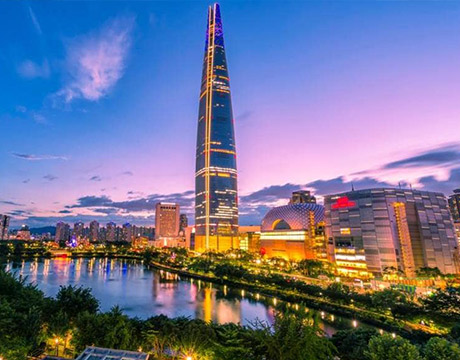
Seoul
South Korea
Vientiane
Laos
Yangon
Myanmar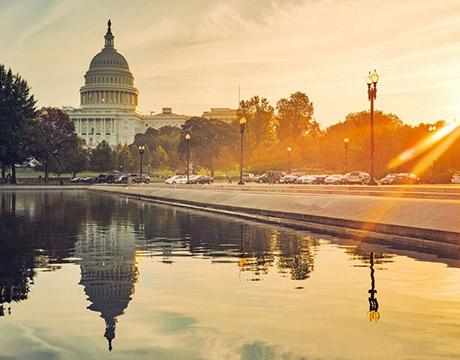
Washington DC
USA
Los Angeles
USA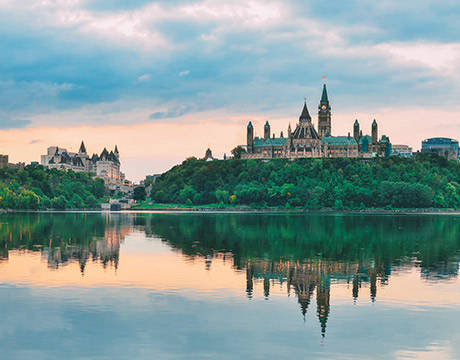
Ottawa
Canada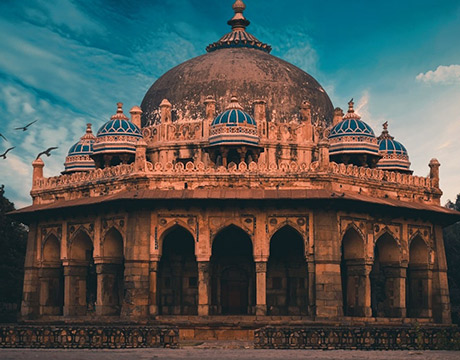
New Delhi
India
Singapore
Singapore
Kuala Lumpur
Malaysia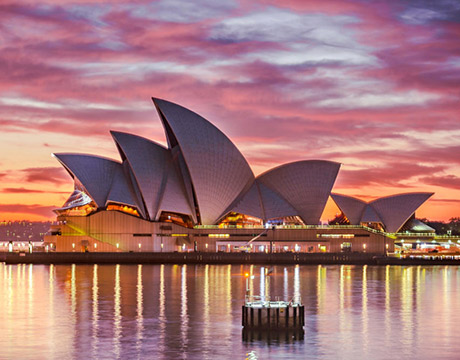
 English
English French
French Khmer
Khmer Thai
Thai Vietnamese
Vietnamese Chinese
Chinese Korean
Korean German
German Japanese
Japanese Italian
Italian Russian
Russian Spanish
Spanish Dutch
Dutch Indonesian
Indonesian Malay
Malay

